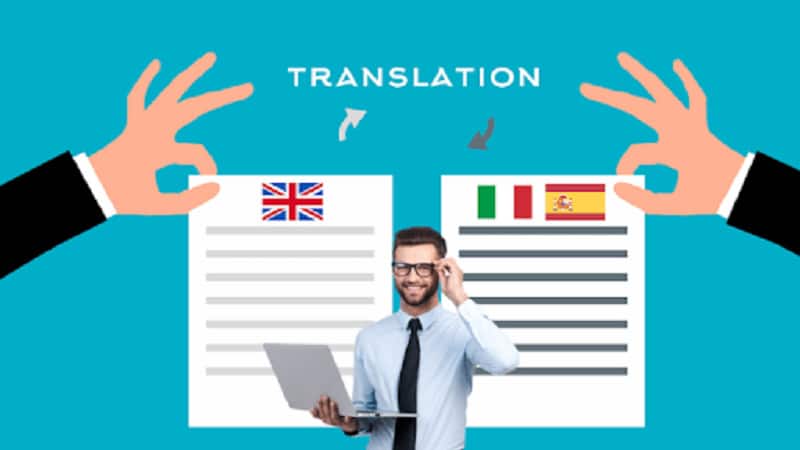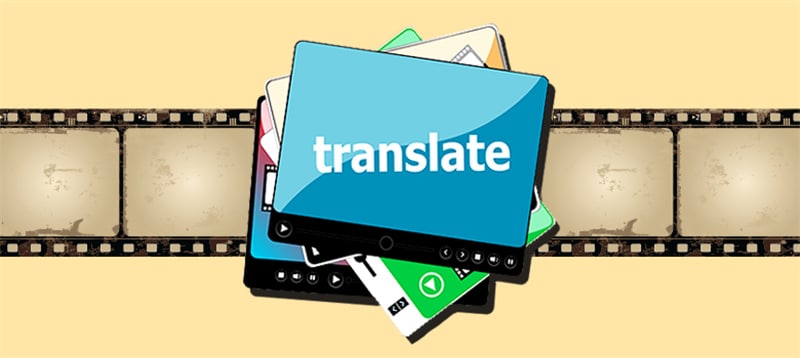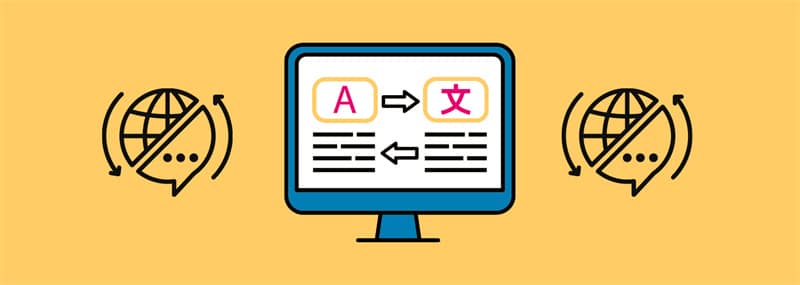
The phrase “translate video from Spanish to English” encapsulates the evolving landscape of multimedia communication in our globalized world. Language barriers are no longer a hindrance to understanding, as technology continues to bridge the gap between languages.
This article delves into the crucial role of Spanish to English video translation, exploring the various methods used to make video contet accessible across linguistic boundaries and enhance cross-cultural communication.
Exploring Video Translation Options

Video translation encompasses a range of approaches, each designed to cater to different preferences and needs of the audience. These approaches not only break language barriers but also enrich the viewing experience by providing access to content that might have otherwise remained inaccessible.
1. Voiceover Translation
Voiceover translation involves replacing the original audio track with a translated one in the target language, while the original visuals remain unchanged. This approach is commonly used for dubbing in movies and TV shows.
When translating videos from Spanish to English, voiceover translation ensures that the essence of the content is preserved, while viewers can still appreciate the original visual context.
2. Subtitle Translation
Subtitles are a widely recognized form of video translation. Subtitle translation involves displaying a text-based translation of the spoken language on screen. This approach allows viewers to hear the original audio while reading the translated text.
Subtitles are particularly useful for maintaining the authenticity of the original audio, making them a popular choice for language learners and preserving the audiovisual experience of the content.
3. Closed Captioning
Closed captioning is similar to subtitles, but it includes additional information such as sound effects, background noises, and speaker identification. It is primarily used to make videos accessible to individuals with hearing impairments.
Closed captioning not only provides a translated text but also enhances the overall viewing experience by conveying auditory cues to a wider audience.
4. Multilingual Voiceovers and Subtitles
In an increasingly diverse world, some content creators opt for both voiceover translation and subtitle translation. This approach provides viewers with multiple options for understanding the content.
Audiences can choose to listen to the translated audio or read the subtitles in their preferred language, making the content accessible to a wider range of viewers.
Advantages of Spanish to English Video Translation

- Global Reach: Spanish to English video translation expands the reach of content to English-speaking audiences worldwide, unlocking new markets and opportunities for engagement.
- Cross-Cultural Understanding: Translation enables the sharing of ideas, stories, and perspectives across linguistic boundaries, fostering mutual understanding and appreciation among diverse audiences.
- Enhanced Learning: Language learners can benefit from video translation, as it allows them to practice listening and reading skills in the context of authentic content.
- Accessibility: Video translation makes content accessible to individuals who may have language barriers or hearing impairments, promoting inclusivity and diversity.
- Cultural Exchange: Video translation promotes cultural exchange by enabling audiences to experience and engage with content from different cultures.
Conclusion
The role of Spanish to English video translation is pivotal in today's interconnected world. By employing various methods such as voiceover, subtitles, and closed captioning, content creators ensure that their message reaches a global audience while preserving the authenticity of the original content.
Video translation transcends mere language conversion; it enriches cross-cultural communication, enhances educational experiences, and fosters a more inclusive and connected society.
As technology continues to evolve, the possibilities for seamless and immersive video translation are endless, promising a future where language is no longer a barrier to understanding and shared experiences.










